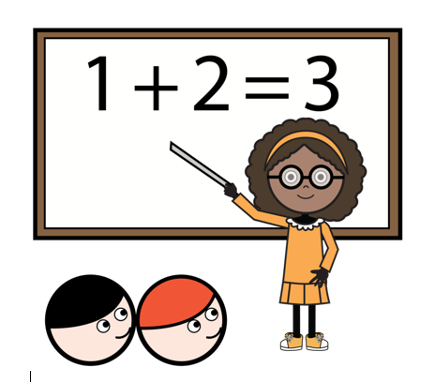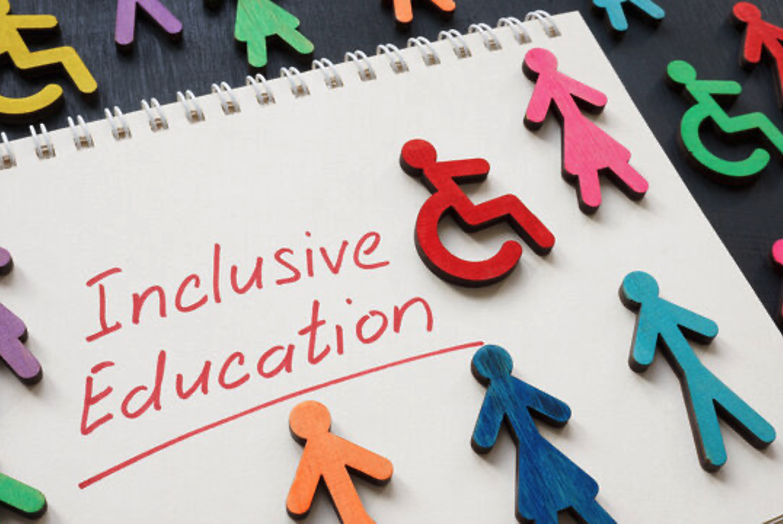Strategies to Help Your Child’s Memory

How to Survive the Holiday Season With a Special Needs Child

How Do I Manage Anxiety With My Child With Special Needs?
The memory system is used to work on homework/tests, remember events, learn new skills, and to complete everyday known tasks. However, many of our students with special needs have deficits in the storage and retrieval of their memory system. Here are a few strategies to use with your child to help improve their working memory.
- Visual and Verbal Support: When reviewing vocabulary words while reading a passage
studying science/history, or studying for a spelling test, put a picture with the word. Not only say the word aloud verbally but include a visual or picture to pair with that word. We think in pictures and when you can picture something, you are more apt to remember it. When I say the word apple, you don’t picture the letters “a p p l e”. You actually picture a red, yellow, or green juicy apple. Same thing goes for vocabulary words that might be new for the student. Help them visualize the word, see the picture, and describe the picture in detail.
- Active Learning: Incorporate movement when learning a new topic. Go on a walk while
listening to an audiobook, have a parent read over notecards when studying for a test while the student is riding their bike in the cul-de-sac, or even jump on a small indoor trampoline while reviewing for a spelling test. These are just a few ideas, but the key here is to move while learning. I have done this with my own child and that is how she passed each spelling test. I would say the word out loud while she was walking or riding her bike. The movement helped her to focus as she is using multiple senses to learn the material.
- Have Your Child Teach You: Once the information or material has been presented to
the child, have them teach it back to you. Give me a whiteboard, or whatever tools they would need to make the exercise fun and exciting. But teaching someone else reinforces what you know.
These are just a few strategies to help with working memory. There are so many other approaches that are used by teachers, families, and students. Choose a strategy that you feel comfortable with trying first. For further information on this topic, feel free to reach out to ginger@specialneedstutors.com
Related posts






